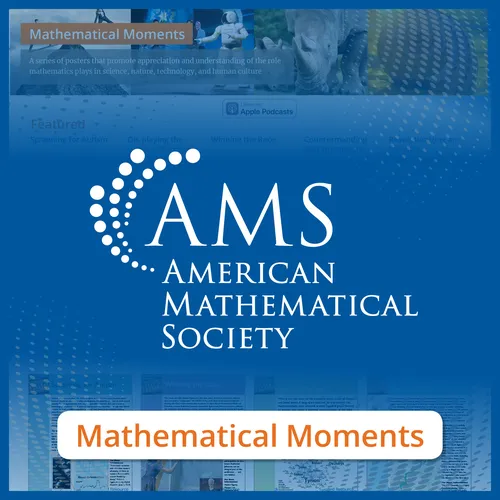Matching Vital Needs - Increasing the number of live-donor kidney transplants
- Author
- American Mathematical Society
- Published
- Wed 01 Jul 2009
- Episode Link
- http://www.ams.org/samplings/mathmoments/podcast-mom-kidney.mp3
A person needing a kidney transplant may have a friend or relative who volunteers
to be a living donor, but whose kidney is incompatible, forcing the person to wait for a transplant from a deceased donor. In the U.S. alone, thousands of people die each year without ever finding a suitable kidney. A new technique applies graph theory to groups of incompatible patient-donor pairs to create the largest possible number of paired-donation exchanges. These exchanges, in which a donor paired with Patient A gives a kidney to Patient B while a donor paired with Patient B gives to Patient A, will dramatically increase transplants from living donors. Since transplantation is less expensive than dialysis, this mathematical algorithm, in addition to saving lives, will also save hundreds of millions of dollars annually.
